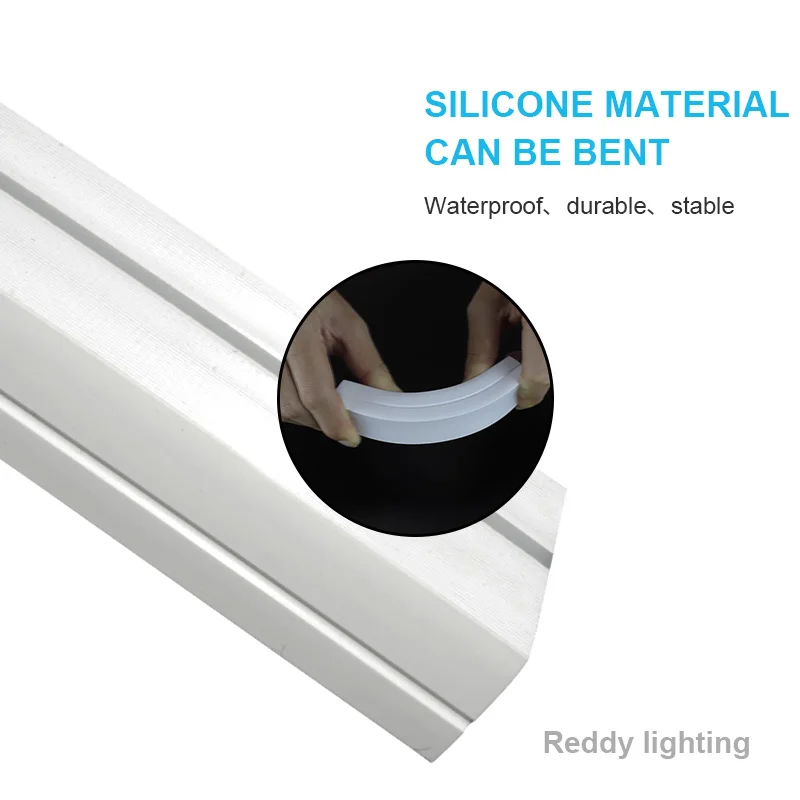door sponge seal
Dec . 12, 2024 10:30 Back to list
door sponge seal
The Importance of Door Sponge Seals Enhancing Comfort and Efficiency
In both residential and commercial spaces, the efficiency of insulation and soundproofing is crucial for maintaining comfort and reducing energy costs. One often-overlooked component that plays a critical role in achieving these goals is the door sponge seal. This simple yet effective addition can make a substantial difference in various aspects of a building's environment, from energy efficiency to noise reduction.
What is a Door Sponge Seal?
A door sponge seal is a flexible strip usually made from foam or rubber that is applied around the edges of doors. Its primary purpose is to prevent drafts, dust, and insects from entering a room while also improving the acoustical performance by minimizing sound transmission. Unlike traditional metal or rigid seals, sponge seals offer better flexibility and adaptability to various door shapes and sizes, providing a tight fit that effectively blocks unwanted air flow and noise.
Benefits of Door Sponge Seals
1. Energy Efficiency
One of the most significant advantages of door sponge seals is their contribution to energy efficiency. A substantial amount of energy can be lost through gaps and cracks around doors. When doors are not properly sealed, heated or cooled air can escape, leading to increased energy consumption and higher utility bills. By installing a sponge seal, homeowners and businesses can reduce energy waste, thus lowering their overall costs and minimizing their environmental impact.
In addition to enhancing energy efficiency, door sponge seals help in maintaining a consistent indoor temperature. They block cold drafts during winter months and prevent hot air from entering during summer. This regulation of temperature creates a more comfortable living or working environment, which can significantly improve the overall quality of life and productivity.
door sponge seal

3. Noise Reduction
Another vital benefit of door sponge seals is their ability to minimize noise pollution. In urban environments or busy commercial areas, unwanted sounds can be disruptive and stressful. By installing a sponge seal around doors, sound transmission is reduced, making spaces quieter and more conducive for work or relaxation. This is particularly beneficial in settings such as offices, hospitals, and homes with young children or noise-sensitive individuals.
4. Pest Prevention
Gaps around doors can serve as entry points for pests such as rodents and insects. Door sponge seals act as a barrier, helping to keep these unwanted guests at bay. This added layer of protection is especially important in homes and businesses that prioritize hygiene and comfort.
Installation and Maintenance
Installing a door sponge seal is a straightforward DIY task that requires minimal tools. Most seals come with adhesive backing, making it easy to apply to the door frame. The first step is to measure the door's perimeter, cut the seal to the appropriate size, and then press it into place. Proper installation ensures that the seal performs optimally.
Maintenance is also relatively simple. Regularly inspecting the seals for wear and tear is important, as exposure to weather elements can degrade their effectiveness over time. Replacing damaged or worn seals promptly will ensure continued performance.
Conclusion
In conclusion, the door sponge seal is an essential yet often overlooked component for anyone looking to enhance the comfort and efficiency of their living or working space. Offering numerous benefits, including improved energy efficiency, temperature regulation, noise reduction, and pest prevention, these seals can have a profound impact on the quality of indoor environments. Not only are they cost-effective, but their ease of installation and maintenance makes them an attractive option for homeowners and businesses alike. Investing in door sponge seals is a small step that can lead to significant long-term benefits, creating a more comfortable and efficient space for everyone.
-
Premium Car Trim Strip - Top Car Moulding Trim Strip Exporters & 3 Car Moldings Manufacturers
NewsJul.08,2025
-
High-Quality Sponge Seal Solutions Leading Sponge Door Seal Manufacturer & Service
NewsJul.08,2025
-
U Shape Chrome Trim Strip Manufacturer & Exporter High-Quality Factory Products
NewsJul.07,2025
-
High-Quality LED Neon Light Supplier – Flexible & Color Changing Neon Strip Lights for Versatile Applications
NewsJul.07,2025
-
High-Quality White Transparent Silicone Strip Reliable Exporter & Factory Price
NewsJul.07,2025
-
Premium U Shape Chrome Trim Strip – Reliable Factory & Exporter for Automotive & Home Décor
NewsJul.06,2025
